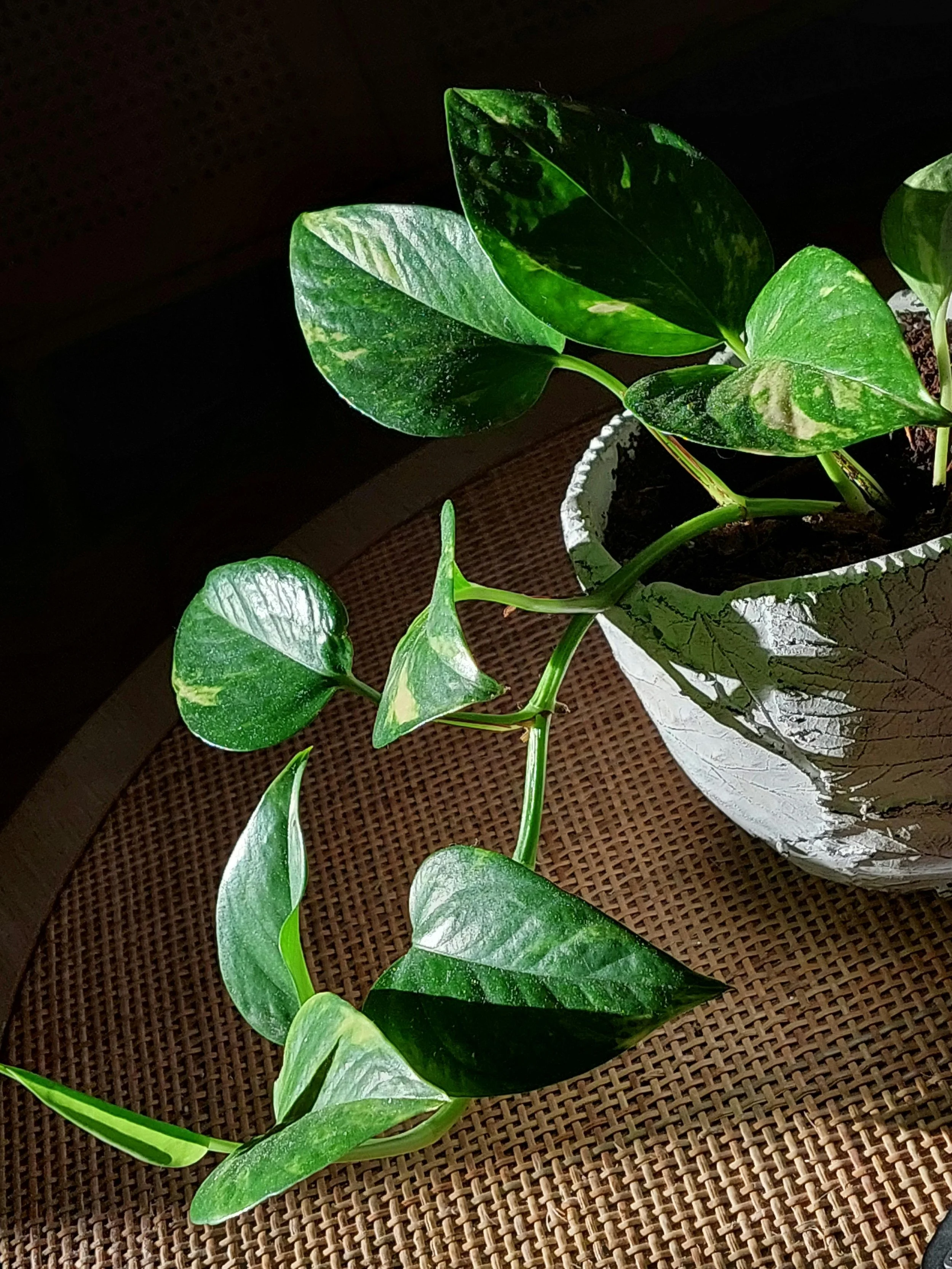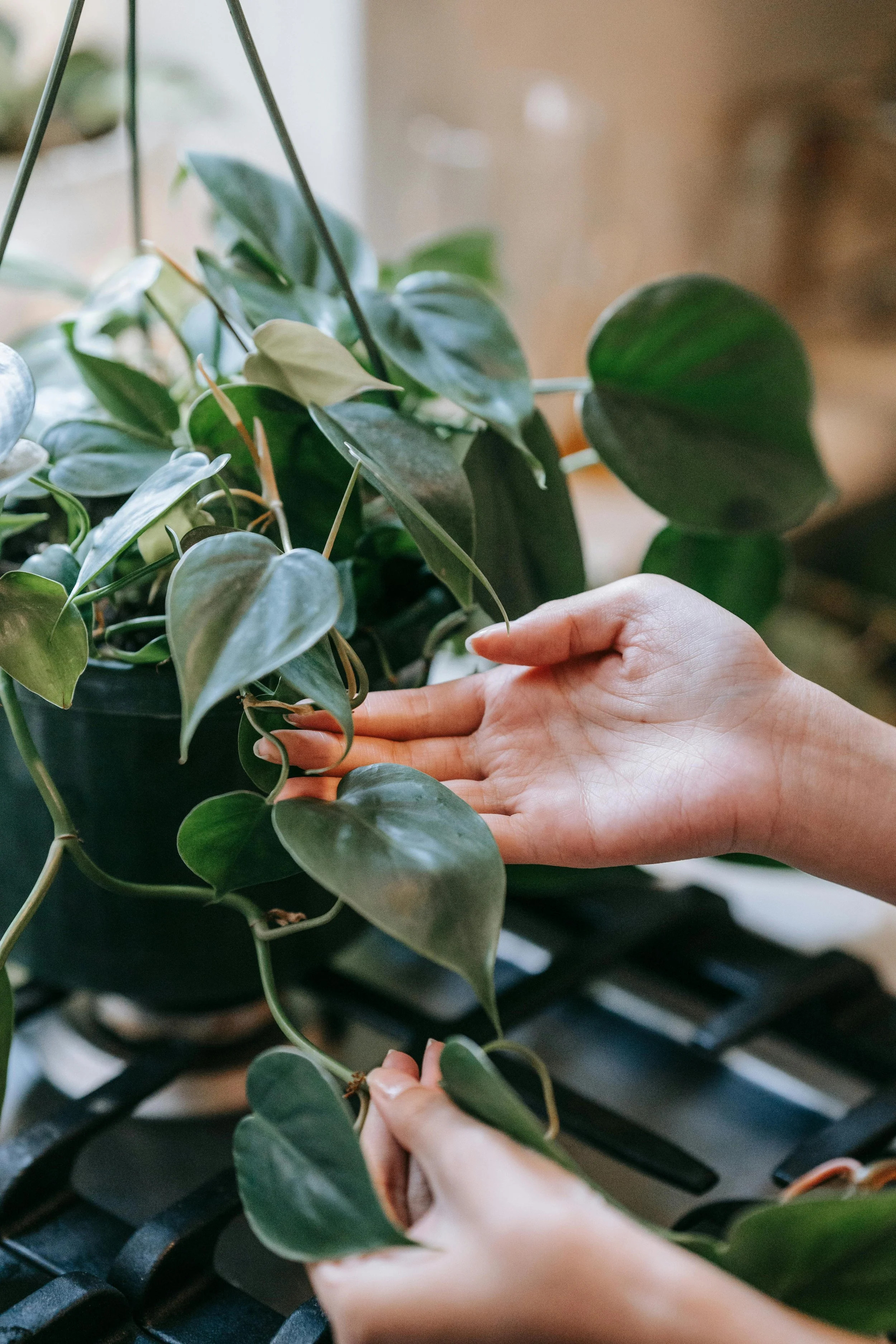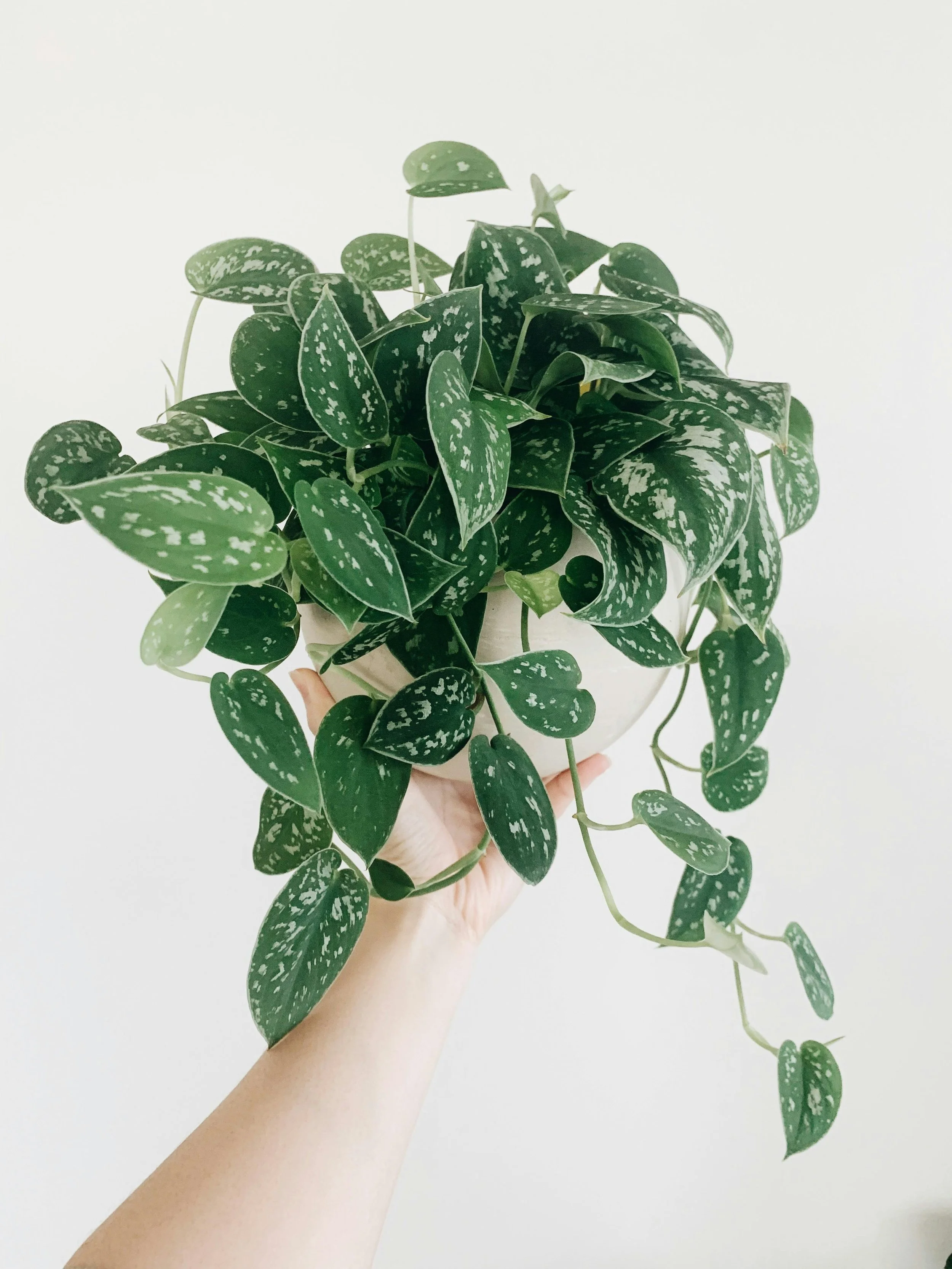FAQ: What is the difference between pothos and philodendron?
Pothos and philodendron are two popular houseplants that are often mistaken for one another due to their similar vining growth and heart-shaped leaves. However, there are key differences between the two. Let’s take a look.
1. Leaf Shape and Texture
Pothos leaves are thicker, waxier, and often have a slightly bumpy texture, while philodendron leaves are thinner, smoother, and more delicate. Philodendron leaves also tend to have a more pronounced heart shape, while pothos leaves more closely resemble a teardrop.
Pothos leaves are thicker, waxier, often have a slightly bumpy texture, and closely resemble a teardrop.
Philodendron leaves are thinner, smoother, more delicate, and have a more pronounced heart shape.
2. Growth Habit
Pothos plants have larger, more spaced-out leaves along their vines, giving them a more sprawling appearance. Philodendrons, on the other hand, have smaller, closer leaves and produce aerial roots that help them climb.
3. New Growth
Philodendrons produce new leaves that emerge with a protective sheath called a "cataphyll," which dries up and falls off. Pothos do not have this feature; their new leaves unfurl directly from the vine.
4. Light Tolerance
Both plants thrive in low to bright, indirect light, but pothos are typically more tolerant of lower light conditions and less sensitive to overwatering than philodendrons.
Scindapsus stands out with thick, velvety leaves and a matte finish, often accented by eye-catching silver patterns—unlike the glossy look of pothos or philodendron.
Pro Tip
Another plant that’s frequently confused with pothos and philodendron is Scindapsus pictus, often referred to as Satin Pothos or Silver Vine. At first glance, its trailing vines and heart-shaped leaves may resemble its lookalike cousins, but a closer look reveals some unique traits that set it apart.
Scindapsus leaves are typically thicker and have a distinct velvety texture with a soft, matte finish—quite different from the glossy, smooth leaves of pothos and many philodendrons. What really makes Scindapsus stand out, though, is the shimmering silver or metallic variegation that often appears in splashes or spots across the leaves, giving it an almost painted appearance.
While all three plants share a similar vining growth habit and thrive in indirect light, Scindapsus tends to grow at a slower pace and appreciates slightly higher humidity levels. It's a bit more particular about moisture—preferring to dry out slightly between waterings but not as tolerant of neglect as pothos.
Understanding these subtle differences is important for proper identification and care. While all three plants are generally low-maintenance and adaptable, tailoring your care routine to match each plant’s needs will keep them looking their best.



